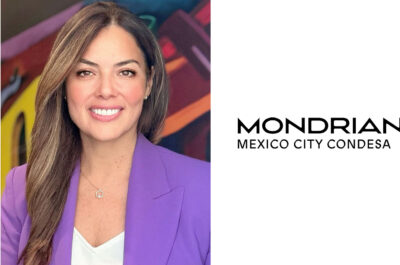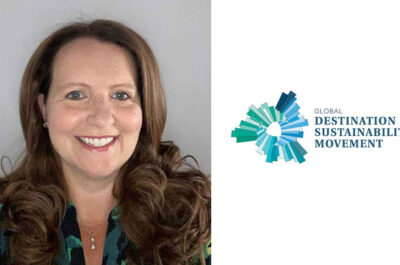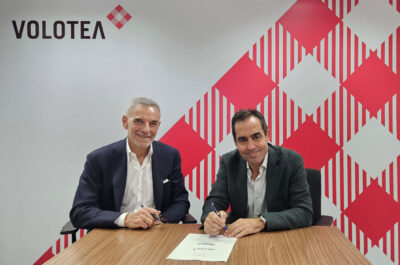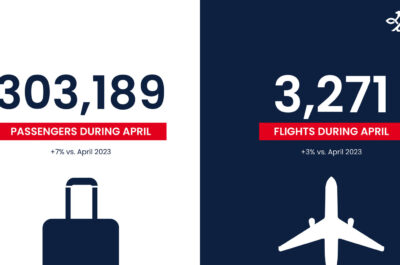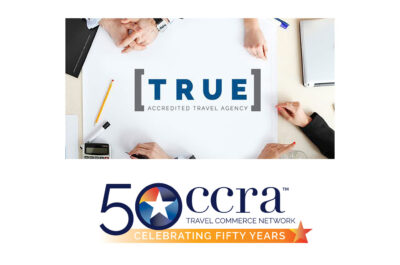We’ve broken these concepts down into three simple retirement plans.
The intricacies of retirement planning can be difficult to understand when you’re first exposed to them. Certain types of retirement plans can lower your tax bill this year. Others can provide you with tax-free income when you leave the workforce. We’ve broken these concepts down into three simple retirement plans. Here they are for your review:
Plan 1: The tax-deferred retirement savings plan
Contributions to an employer-sponsored plan like a 401(k) or 403(b) are tax deferred. The IRS allows you to contribute up to $22,500 per year into them. That money comes out before you pay income tax, so the amount taken out of your paycheck for taxes will be smaller. This could even put you in a lower tax bracket, decreasing your tax liability further.
In addition to your employer-sponsor plan contributions, the IRS will also allow you to put up to $6,500 per year into a traditional IRA. You’ll need to open the account on your own and make the contributions with your take-home pay, but they’re still tax-deferred. Ask your accountant or tax preparer where to enter them on your tax return so you can reduce this year’s tax bill.
If you can afford it, contributing the maximum to your employer-sponsored plan and a traditional IRA can defer the tax liability on $29,000 of your gross income this year. That doesn’t mean you won’t need to pay taxes on that money. It simply shifts that tax liability to when you withdraw the funds in retirement. In the meantime, you’ll be earning returns on that money.
Plan 2: The tax-free retirement income plan
Paying taxes now on your retirement savings makes distributions of those funds tax-free when you’re in retirement. The financial vehicle to do that with is called a Roth IRA. The IRS allows you to contribute up to $6,500 per year into a Roth. Your employer does not sponsor it, so you’ll need to open the account on your own and make contributions with your net income.
There are several factors to consider in this scenario. If you have a good job, you may be in a higher tax bracket now than when you retire. That means you’ll pay a higher percentage in taxes if you contribute money to your Roth IRA instead of a traditional IRA or 401(k). Choosing tax-deferred contributions could decrease your tax liability on those funds.
Plan 3: The diversified retirement plan
A diversified retirement plan is one where you don’t lock yourself into one strategy. Many people in their twenties contribute the maximum to their 401(k) and open a Roth IRA to contribute after-tax income. That combination creates a mix of taxable and tax-free income in retirement. Ideally, you’ll want to take the tax-free distributions last.
Other elements you can add to a diversified retirement plan are fixed annuities and permanent life insurance that accumulates cash value. You should discuss These more advanced products with a financial advisor or insurance professional. An advisor can also help you set up an investment portfolio to start working on building your net worth.
The bottom line
You can build your retirement savings by making tax-deferred contributions to an employer-sponsored plan like a 401(k) or 403(b). You can lower your current tax liability further by contributing to a traditional IRA. If you’re okay paying the taxes now and want to create tax-free income in retirement, open a Roth IRA. Mix and match or add annuities and permanent life insurance if you want to diversify. Speak with a financial advisor to learn more.




















































































































































